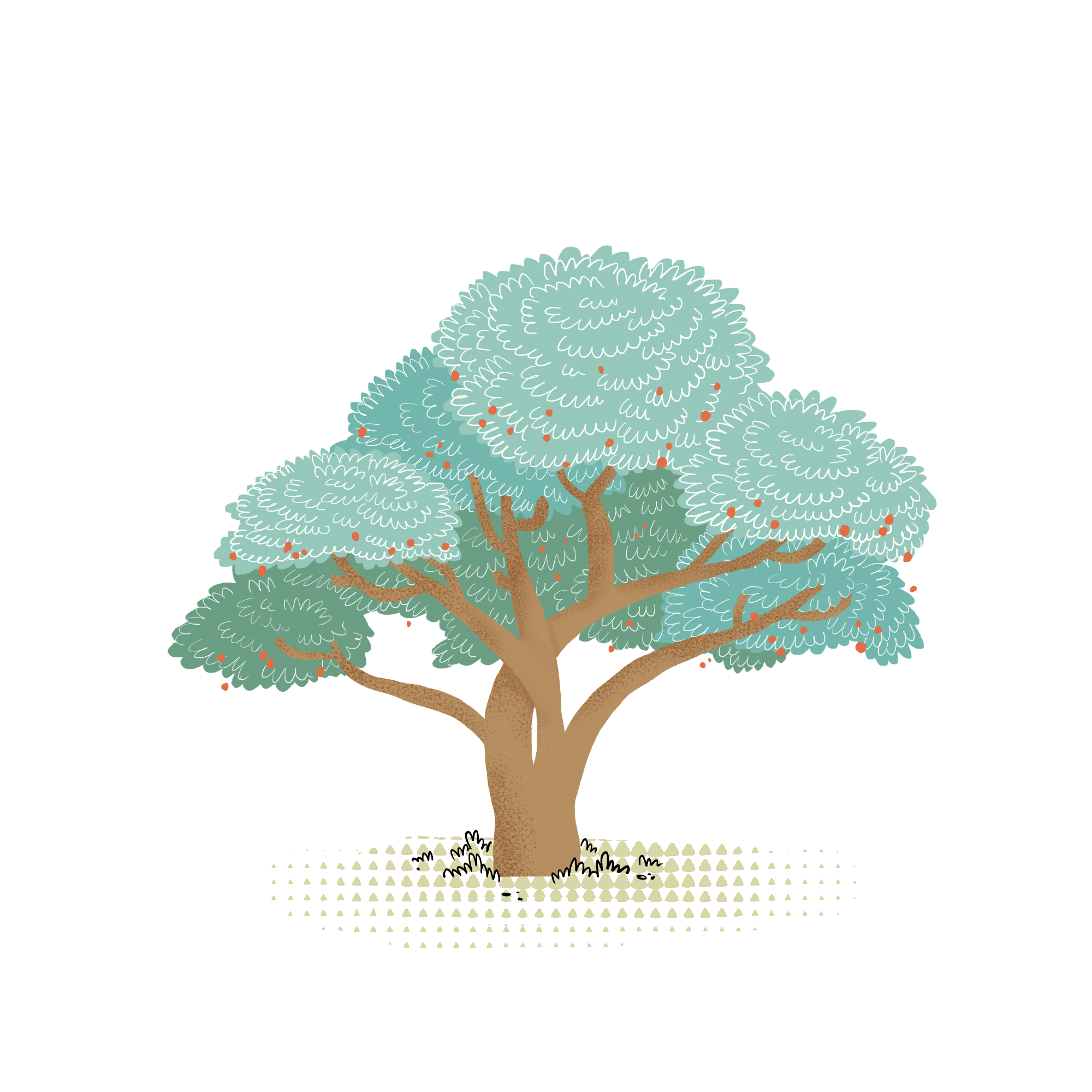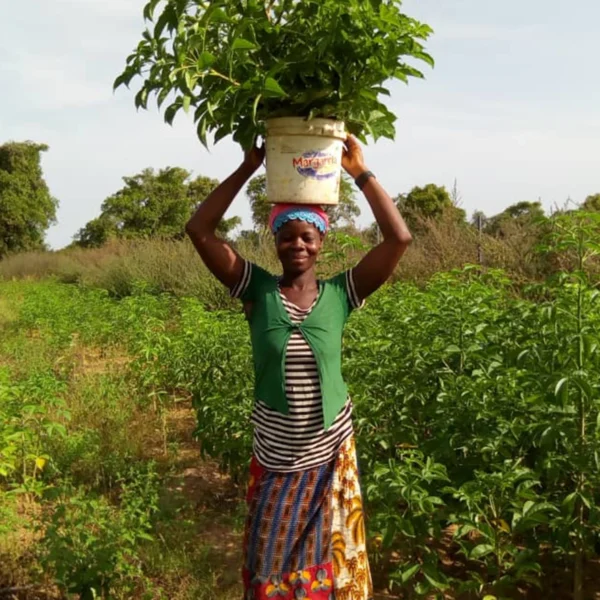
Nerè
Determined people
Lovers of good things
Also known as African locust bean, dodongba, or doruwa, the neré tree is found in many African areas. It is cultivated primarily for its pods, which contain both sweet pulp and valuable seeds. The pros of this plant are many. It's a real source of income for the locals, and its beneficial for neighboring plants. It is ideal for those who like to be social and think about the welfare of others.
Scientific name: Parkia biglobosa
Common name: Neré
It is a member of the Fabaceae family. Neré is a deciduous perennial plant between 7 and 20 meters tall. It is native to Africa where it is grown mainly for its pods, which are used for food and medicinal purposes. It is fire-resistant due to its thick dark gray-brown bark. The pods of the tree, which we know as locust beans, are pink at first and turn dark brown when ripe. They have an average length of 30-40 centimeters. Each pod can contain up to 30 seeds; the seeds are embedded in a sweet, powdery yellow pulp.
In West Africa, it is used to treat a wide variety of ailments, sometimes combined with other medicinal plants. Parasitic infections, circulatory system disorders such as high blood pressure, and disorders of the respiratory, digestive, and skin systems are treated. In veterinary medicine, a decoction of the root is used to treat coccidiosis in poultry.
The seeds are used for food due to their excellent nutritional properties, and it is often used to treat hypertension. The pulp, on the other hand, is often used as animal feed.
What makes it unique
of CO2 captured over a year
reachable height
maximum life expectancy
Forests where you can grow your own Nerè, adopting or giving it away.

Burkina Faso
 Burkina Faso
Burkina Faso

